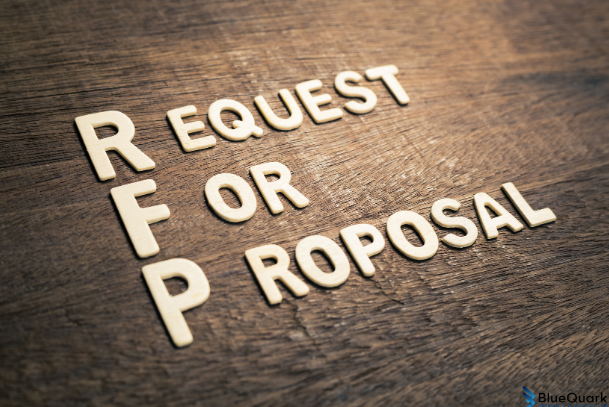
Blog
18th July 2024
In today’s fast-paced business environment, organizations frequently require specialized expertise or significant investments in goods and services. Whether the need is for new software, a marketing campaign, or a construction project, a well-constructed Request for Proposal (RFP) is crucial for identifying the right vendor to meet these needs. This comprehensive guide will explore the nuances of writing an effective RFP, ensuring that you attract top-tier proposals and ultimately select the ideal partner for your project.
A Request for Proposal (RFP) is a formal document that solicits bids from potential vendors to undertake a project or provide a service. It outlines the project requirements, goals, and evaluation criteria, allowing vendors to submit their bids in a structured format. The primary objective of an RFP is to ensure transparency, fairness, and competition, facilitating informed decision-making within organizations.
An effective RFP should be detailed and logically structured, typically including the following sections:
Let us delve into each of these sections in detail.
The introduction should provide a concise overview of your organization, including its mission, values, and the context of the project. This sets the stage for potential vendors, helping them understand your organization’s needs and the importance of the project.
Clearly define the project’s scope, including its goals, deliverables, and any specific outcomes you expect. This section should present a detailed picture of your project, ensuring vendors fully understand the project’s breadth and limitations.
This section outlines the technical and functional requirements of the project. Be as detailed as possible, specifying the essential features, preferred technologies, and any compliance or regulatory considerations. This helps vendors determine if they can meet your needs and how they might approach the project.
Specify the format and deadline for proposal submissions, along with any other instructions. This ensures that all proposals are consistent and easy to compare. Include contact information for any questions or clarifications.
Include any legal terms and conditions, such as confidentiality agreements, intellectual property rights, and contractual obligations. This protects your organization and sets clear expectations for the vendors.
A well-crafted RFP is a powerful tool that can significantly impact the success of your project. By providing clear, detailed, and structured information, you can attract high-quality proposals from qualified vendors, making it easier to select the best partner for your needs. Remember, the effort you put into creating a comprehensive RFP will pay off in the long run by ensuring a smooth and successful project execution.